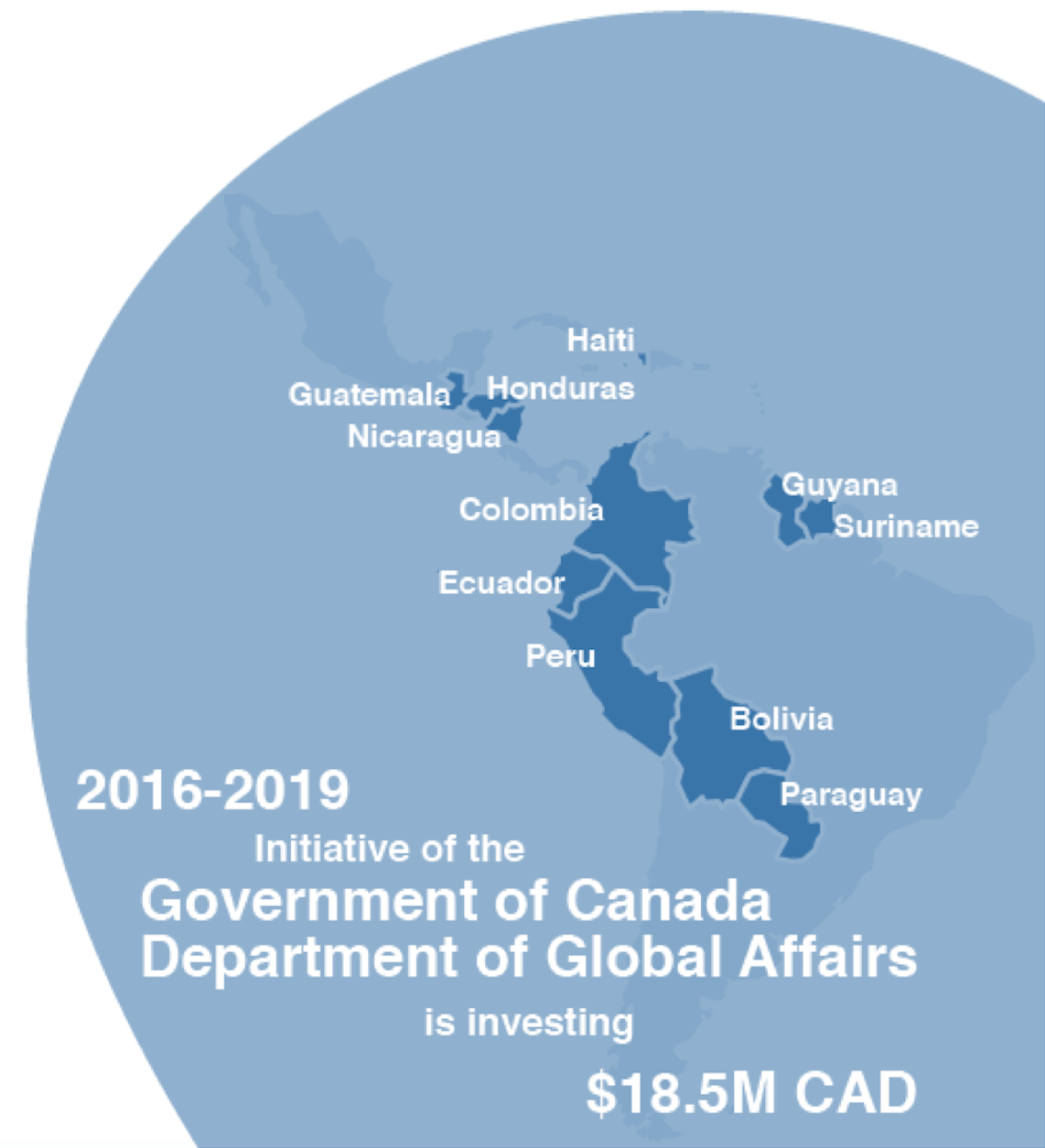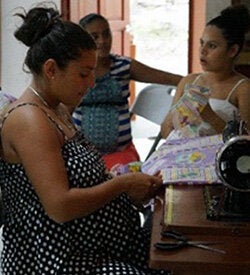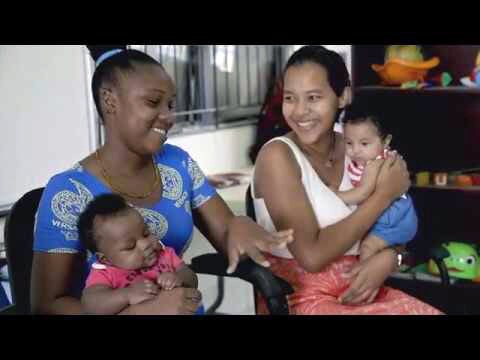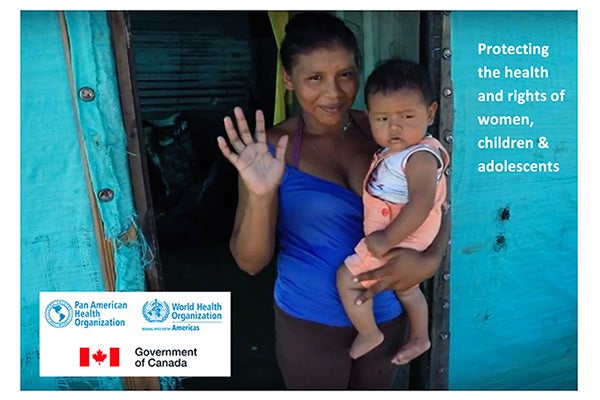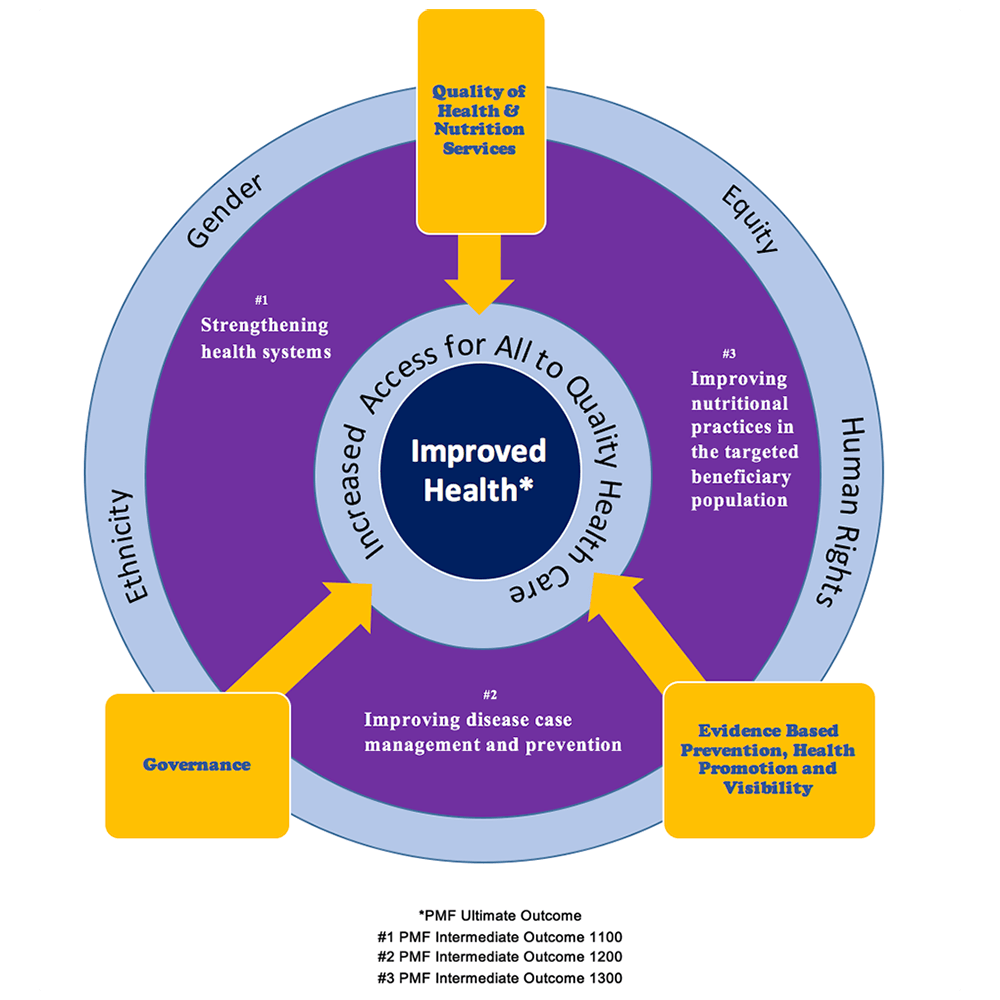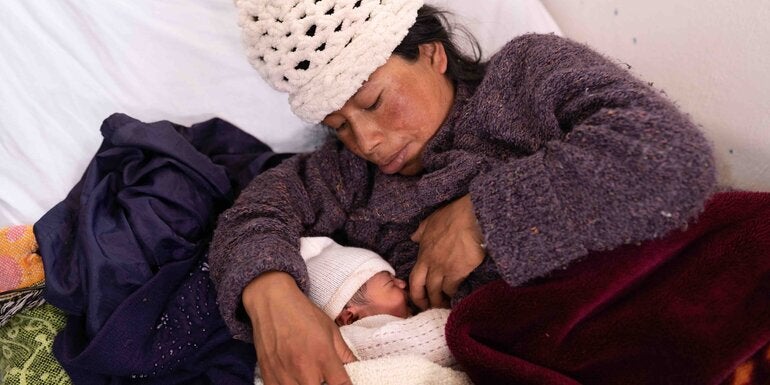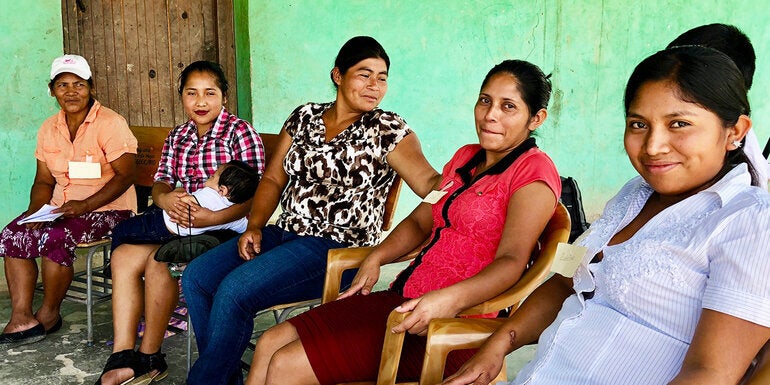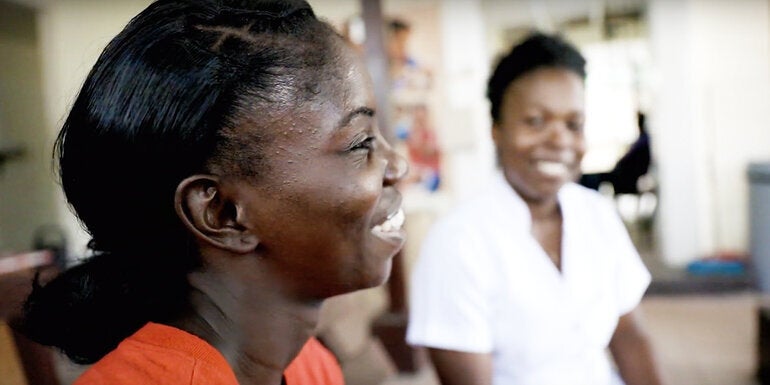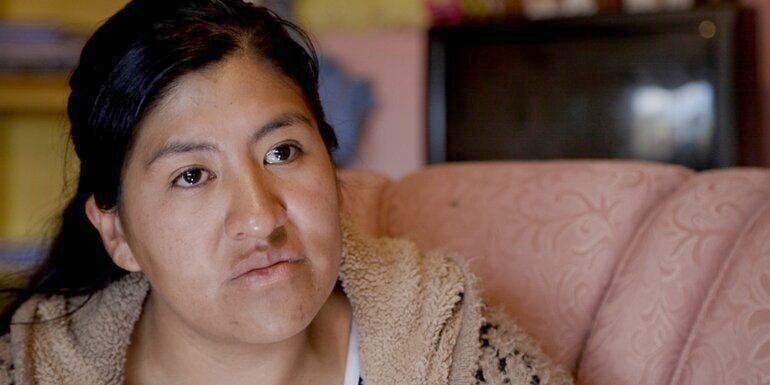PAHO serves as both the WHO Regional Office for the Americas and the specialized organization for health of the Organization of American States (OAS). With its hemispheric membership and strong convening power, PAHO is the principal regional organization able to mobilize and coordinate hemispheric action on regional health issues, including public health threats.
Canada has been a PAHO Member State since 1971, and PAHO has a long history of collaborations with the different international development agencies in the Government of Canada.
Currently PAHO and Canada partner through the IHSLAC PROJECT
In May of 2016, the Pan American Health Organization (PAHO) and Global Affairs Canada (GAC) launched the Integrated Health Systems in Latin America and the Caribbean Project 2016-2019 (IHSLAC) to improve the health and protect the rights of women (including mothers), adolescent girls and children living in situations of vulnerability in 11 countries in Latin America and the Caribbean. From 25 to 27 May 2016, a planning meeting with the 11 countries and Canada was held in Lima, Peru.
This initiative has three main objectives: (1) strengthening health systems; (2) reducing the burden of communicable diseases; and, (3) improving nutritional practices in the targeted beneficiary populations.
As part of this initiative the Government of Canada, through its Department of Global Affairs has committed $18.5M CAD until 2019. The program activities are implemented in Bolivia, Colombia, Ecuador, Guatemala, Guyana, Haiti, Honduras, Nicaragua, Paraguay, Peru, and Suriname.
The IHSLAC Project is aligned with and responds to Canada’s international development priorities in maternal, newborn, child, and adolescent health (MNCAH) and contributes to the achievement of PAHO’s Strategic Plan’s (2014-2019). More specifically, as an integral part of PAHO programming, the project contributes to the implementation of PAHO’s 2016-2017 and 2018-2019 Biannual Work Plans (BWP). In this regard, the project feeds into 11 Country BWPs and 7 Regional BWPs. The project is implemented on the basis of Annual Work Plans (AWP) – 11 countries AWPs and a regional AWP.
Towards achieving the ultimate outcome, the project invests in three programmatic areas: Health Systems (intermediate outcome 1100); Disease Case Management and Prevention (intermediate outcome 1200); and Nutrition (intermediate outcome 1300). At an operational level, the project is focused on Increasing Access for All to Quality Health Care, Nutrition and Prevention Services through three strategic pillars, namely: SP1 – Quality of health and Nutrition Services; SP2 – Evidence-Based Prevention, Health Promotion, and Visibility; SP3 – Governance. As a contextual backdrop and in line with PAHOs 2014-19 Strategic Plan, the IHSLAC project identifies Gender, Equity, Human Rights and Ethnicity as cross-cutting themes within its programmatic and strategic scope.
The IHSLAC Project runs from 2016 to 2019. Its ultimate outcome is to contribute to improved health of children, young girls and women in situations of vulnerability in Latin America and the Caribbean.
For more information, please contact Dr. Guillermo Marquez (marquezgui@paho.org).
Below are the most recent collaboration initiatives between Global Affairs Canada and PAHO:
Find out more about Global Affairs Canada.

